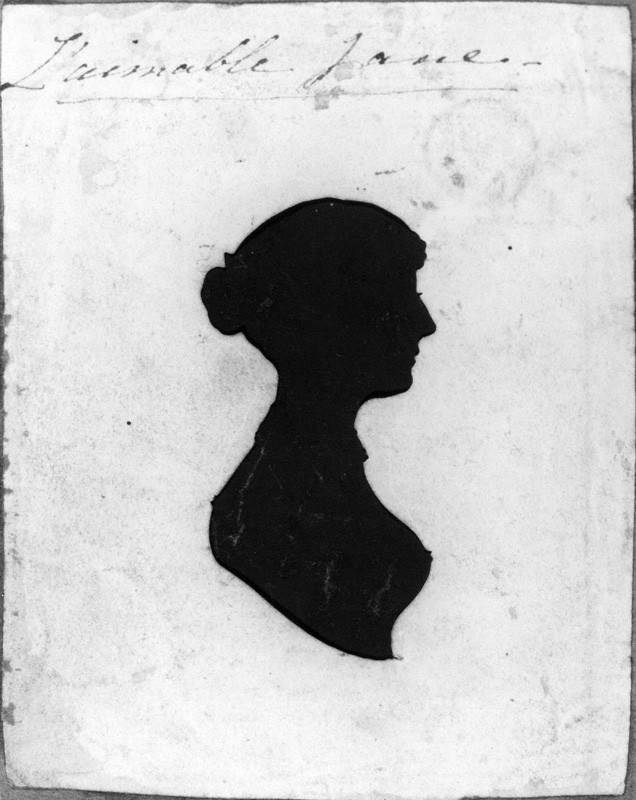skip to main |
skip to sidebar
 |
| Jane Austen |
From
Brenda J. Webb:
In the 18th and 19th centuries, the
silhouette was popular with families and individuals who couldn’t afford
a more formal and expensive mode of having their likenesses made. Oil
paintings required several sittings, and even pastels or watercolor
portraits took time. A silhouette was created in one quick sitting which
made them affordable. A popular method used to create it was to have a
person sit sideways before a screen with a light on a table on the other
side of him. In this manner, a clear shadow was projected on the
screen, which gave a perfect image if the light and sitter were arranged
properly. The shadow was then replicated by hand. Among the upper class
and commoners, shade parties became de rigueur, and soon almost everyone had a copy of their unique likeness. Later machines were invented for the same purpose.
Most silhouette artists were itinerants
who worked their magic in popular tourist spots, such as Brighton or
Bath, or at public fairs where people were apt to buy souvenirs. They
either traced profiles by hand and painted them, or skillfully snipped
away at paper with sharp scissors. With an experienced artist, this
second method would have been fast and accurate. (Read more.)
Share


















No comments:
Post a Comment